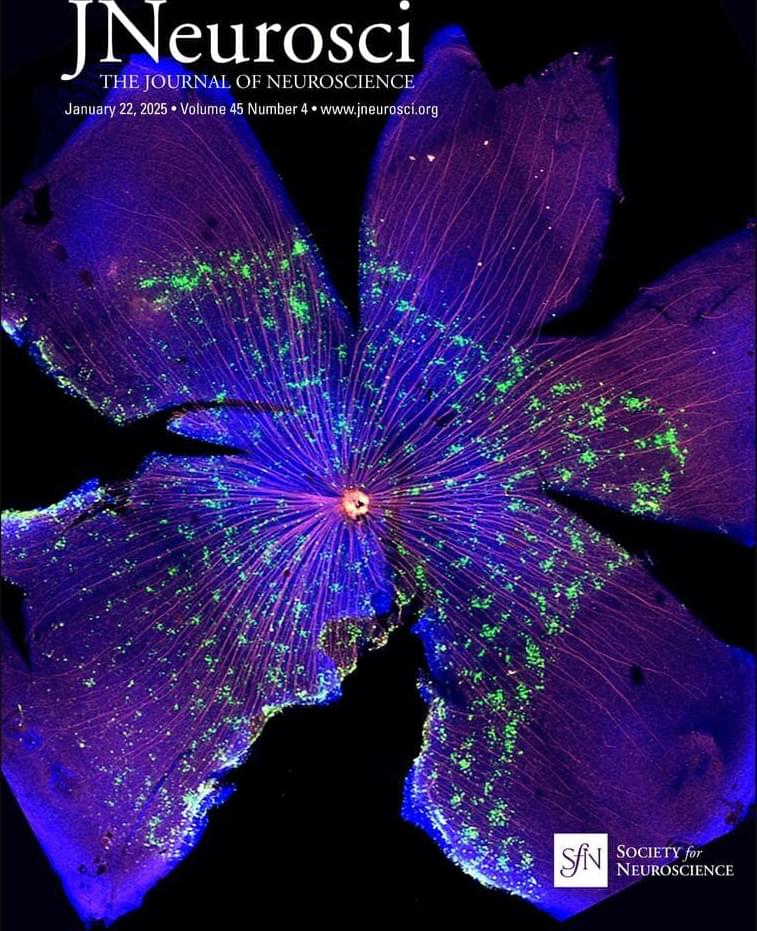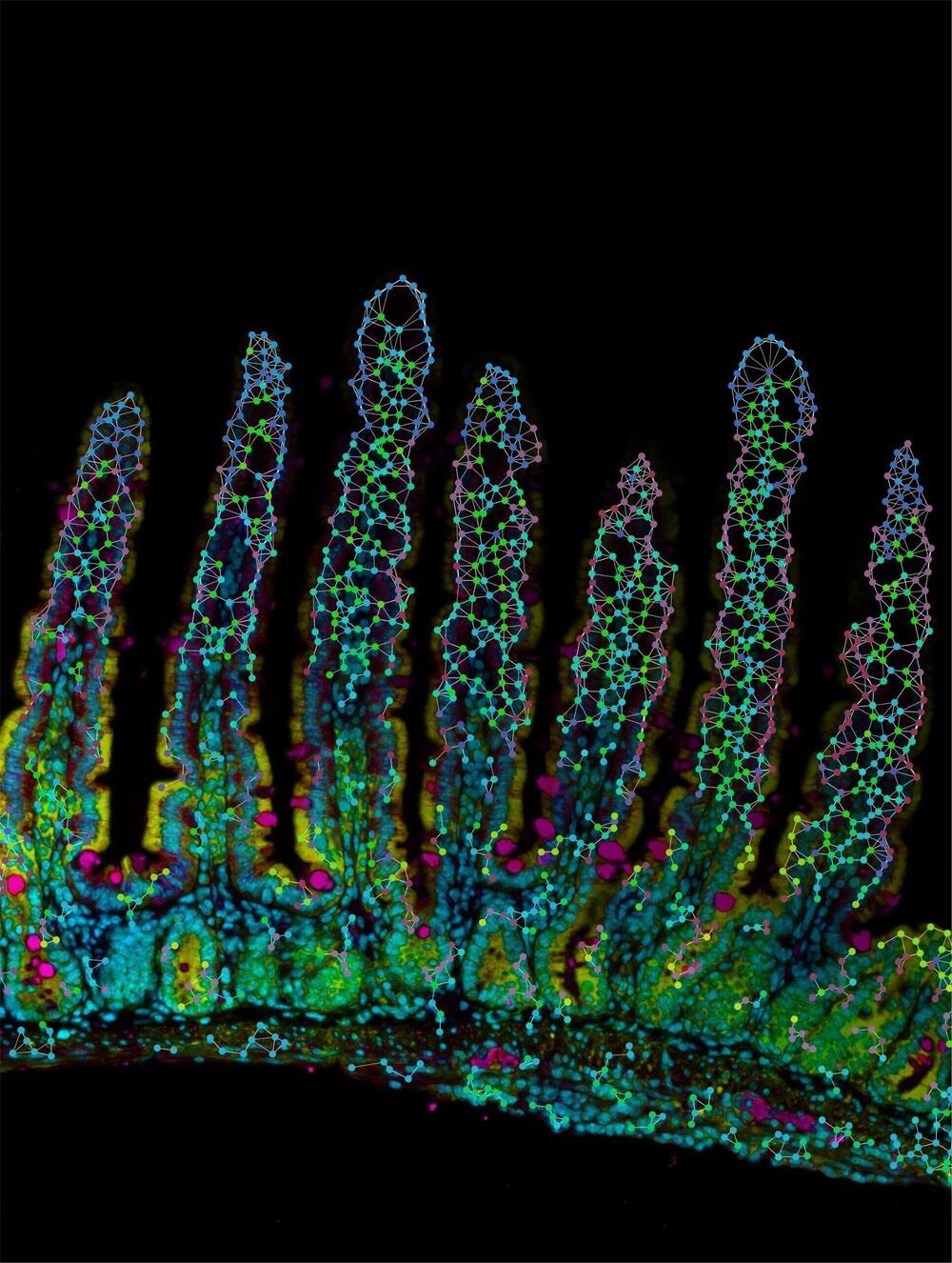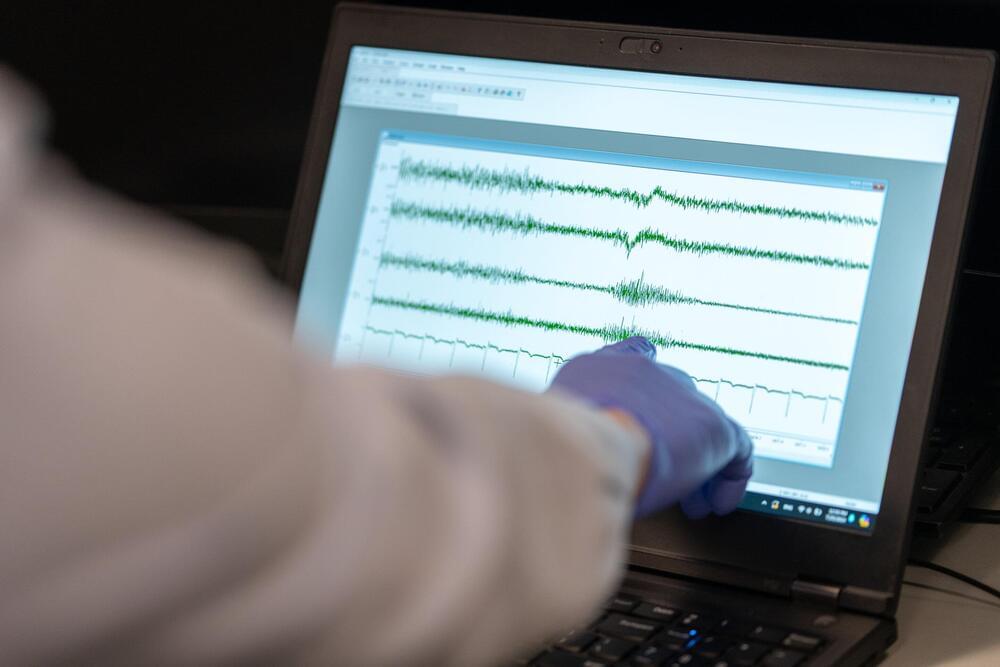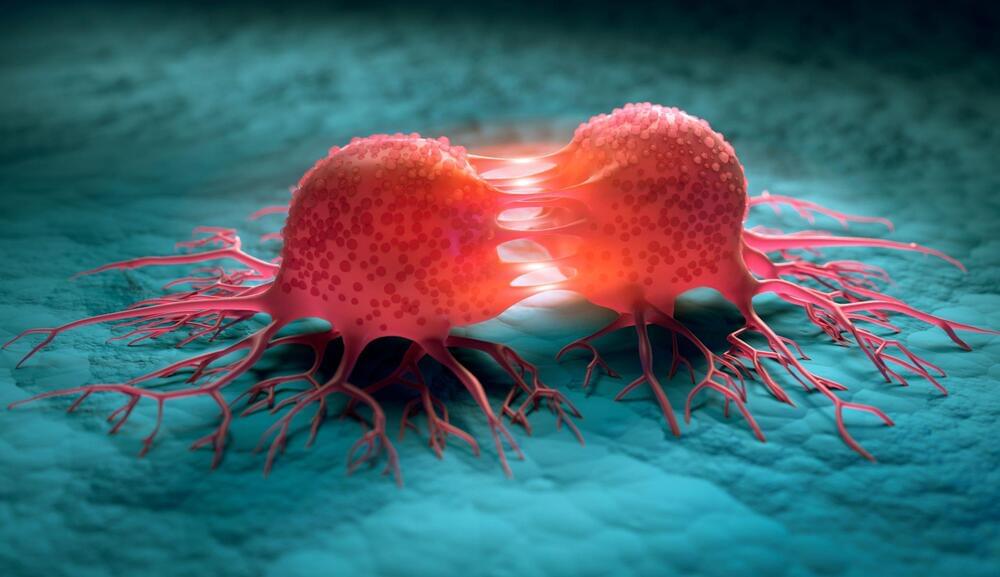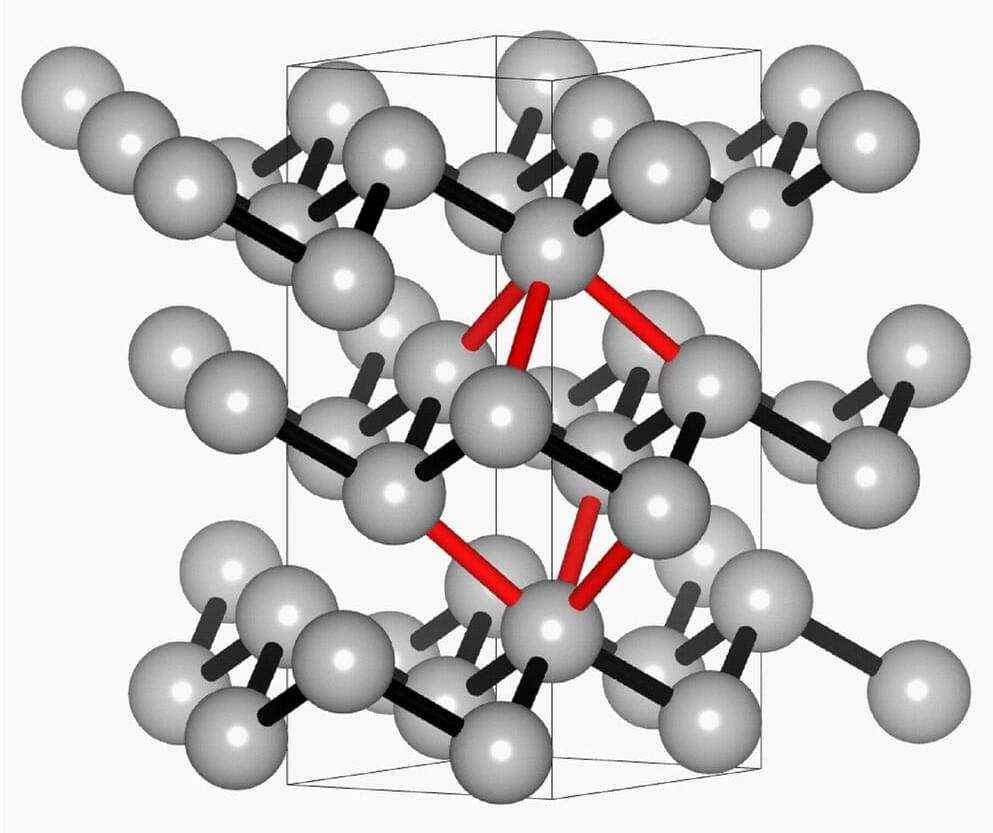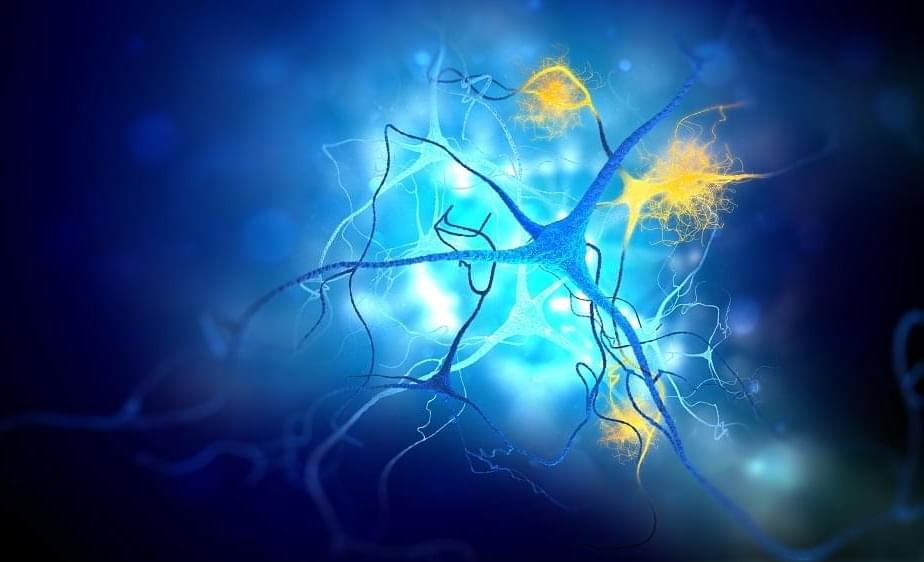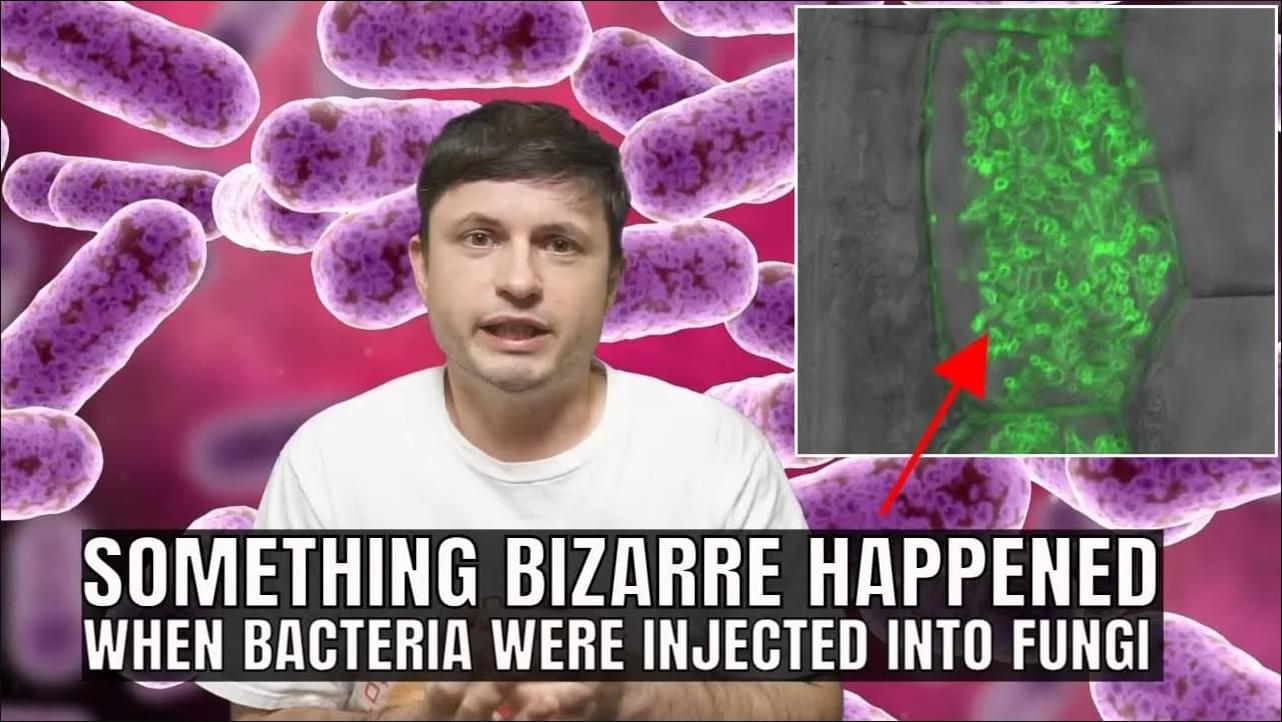Researchers have identified a key pathway that links how neurons send signals to each other, or synaptic activity, to the expression of genes necessary for long-term changes in the brain, providing crucial insights into the molecular processes underlying memory formation.
“These findings illuminate a critical mechanism that connects local synaptic activity to the broader gene expression changes necessary for learning and memory,” said Mark Dell’Acqua, professor of pharmacology at the University of Colorado Anschutz Medical Campus and senior author of the study. “This paper is mainly a basic science finding of a fundamental process of what nerve cells do. Understanding this relay system not only enhances our knowledge of brain function but could also better inform therapeutic treatments for cognitive disorders.”
The nucleus where the genes that modify neuron function are controlled is a long distance away from where neurons receive input from their synapses, which are located in distant dendrites that extend like branches from the trunk of a tree. This research focuses on the cAMP-response element binding protein (CREB), a transcription factor known to regulate genes vital for dynamic changes at synapses which is essential for neuronal communication. Despite CREB’s well-documented role in supporting learning and memory, the exact mechanisms leading to CREB activation during neuronal activity remain unclear.
